Gradient Avax XC5 User manual













Table of contents
Popular Measuring Instrument manuals by other brands
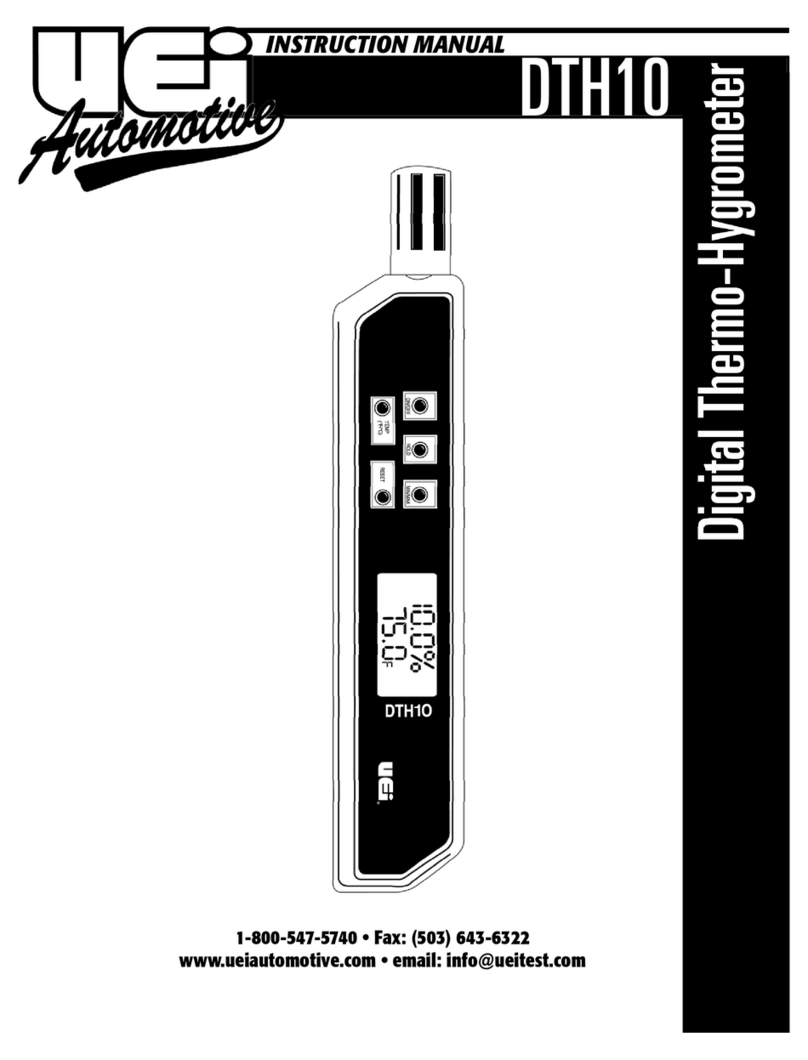
UEi
UEi DTH10 instruction manual
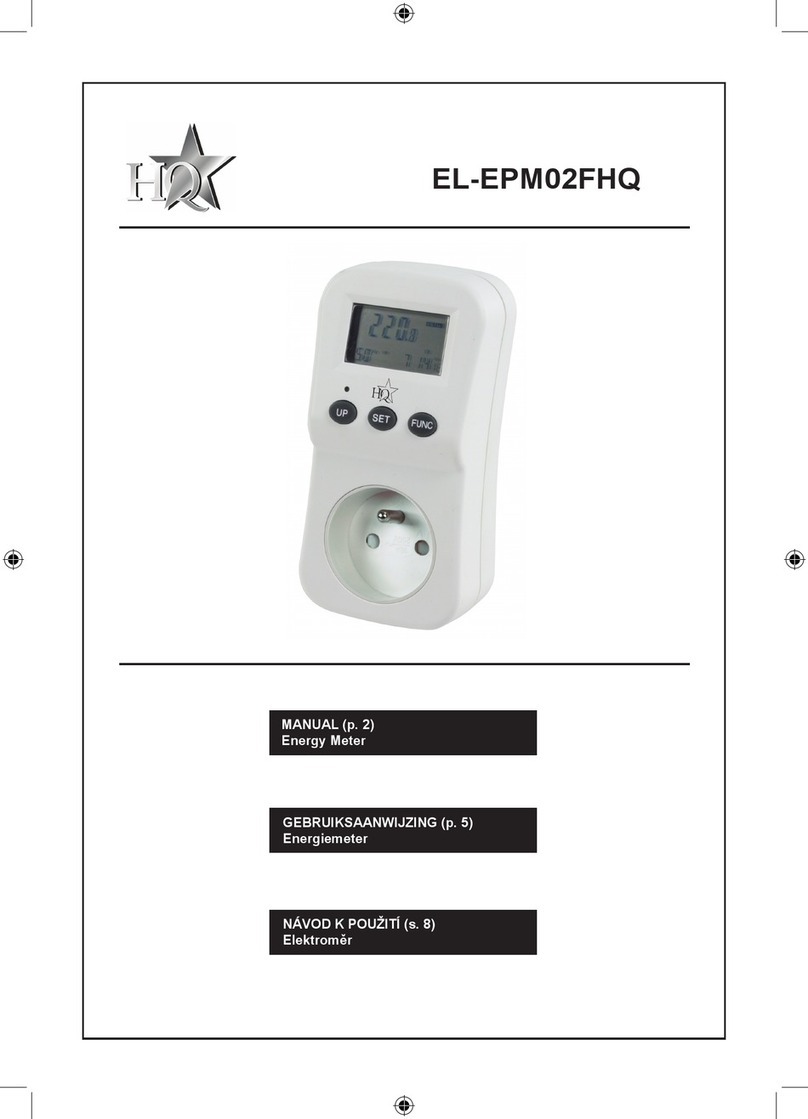
HQ
HQ EL-EPM02FHQ manual
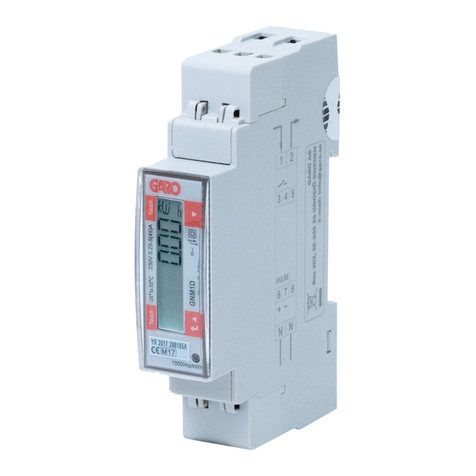
GARO
GARO GNM1D-RS485 Installation and programming manual
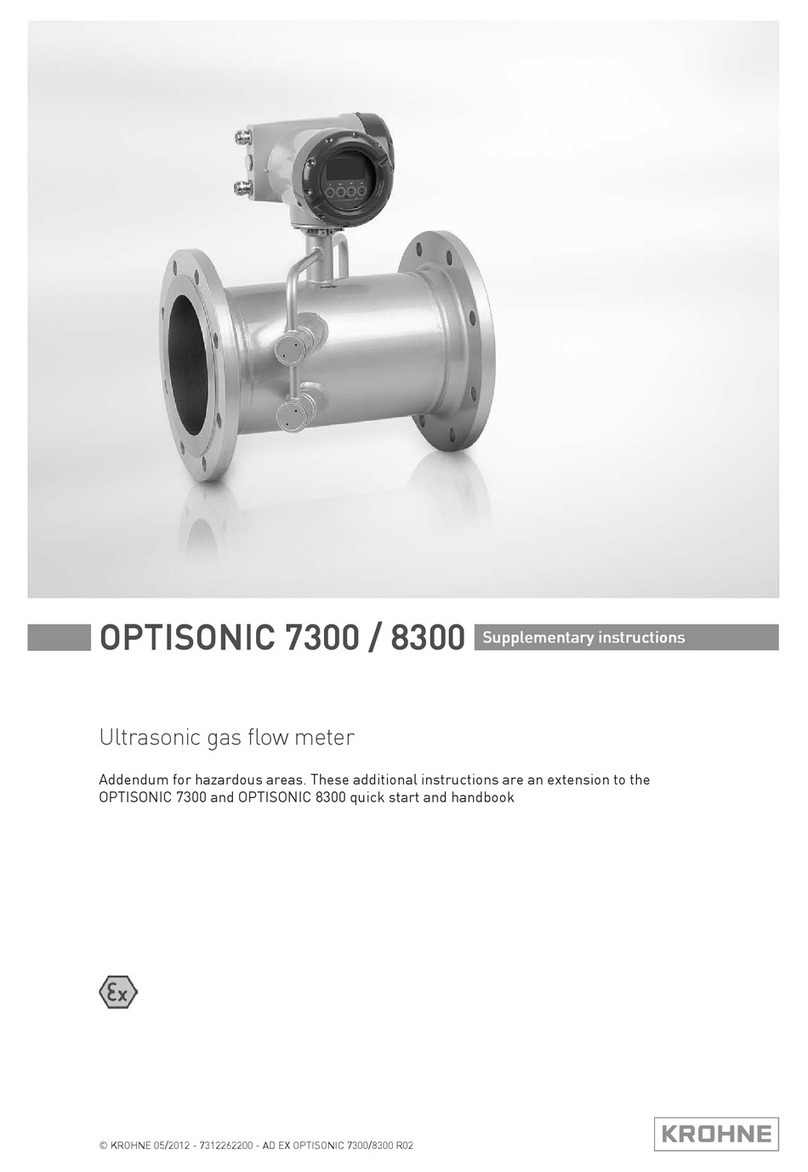
KROHNE
KROHNE OPTISONIC 7300 Supplementary instructions

Keysight Technologies
Keysight Technologies N9020B Installation note

D-tect Systems
D-tect Systems MiniRad-DX Installation and operating instructions
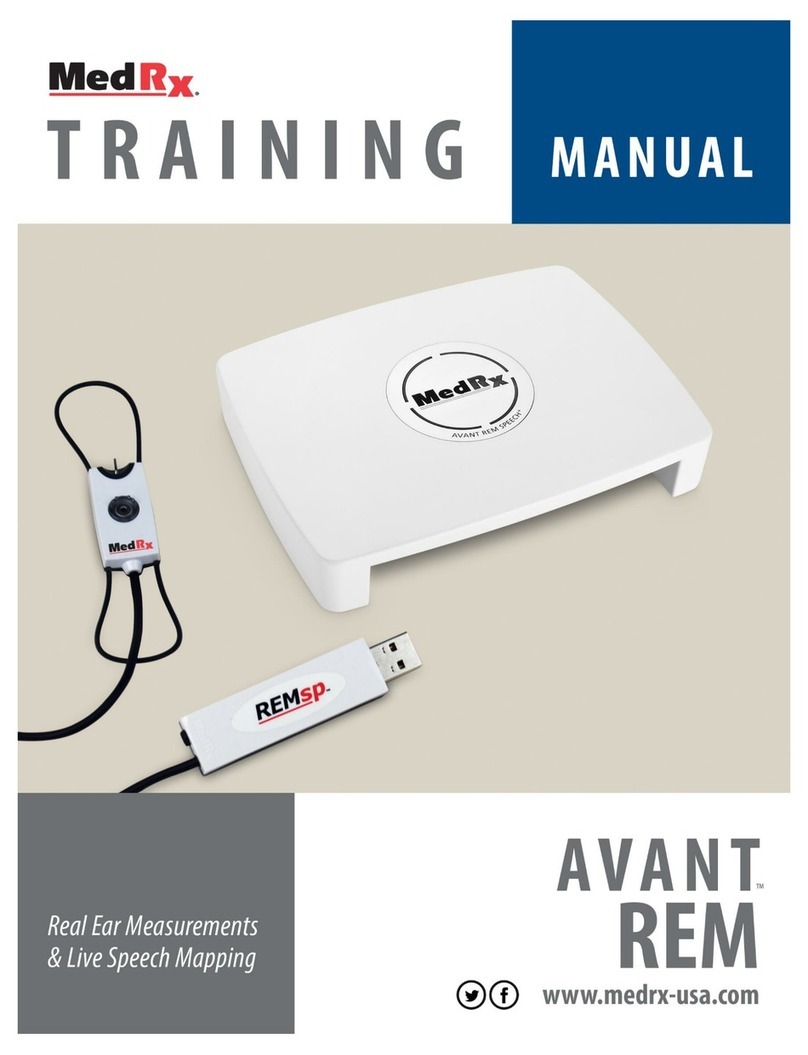
MedRx
MedRx AVANT REM Speech+ Training manual
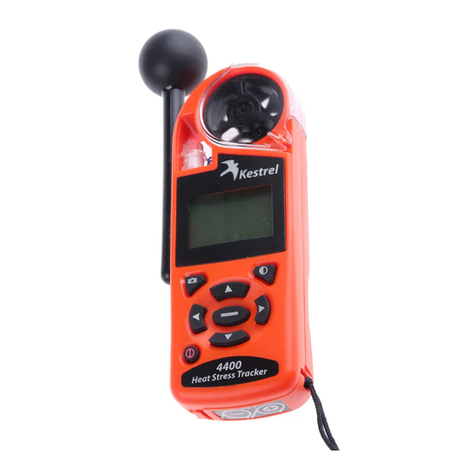
Kestrel
Kestrel 4400 Instructional manual
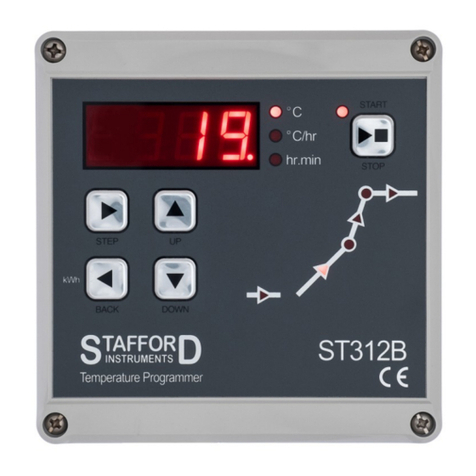
Stafford Instruments
Stafford Instruments ST312B User handbook
Amiko
Amiko Multi Tracker 2 user manual
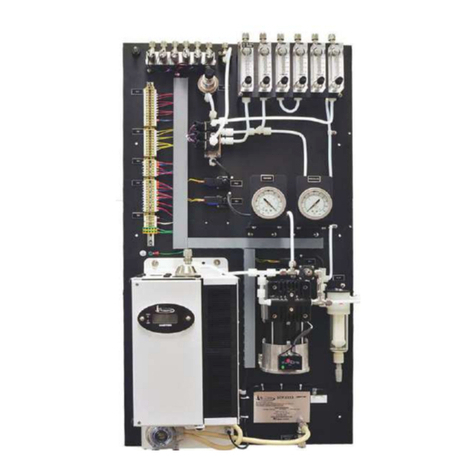
Universal Analyzers
Universal Analyzers SCP instruction manual
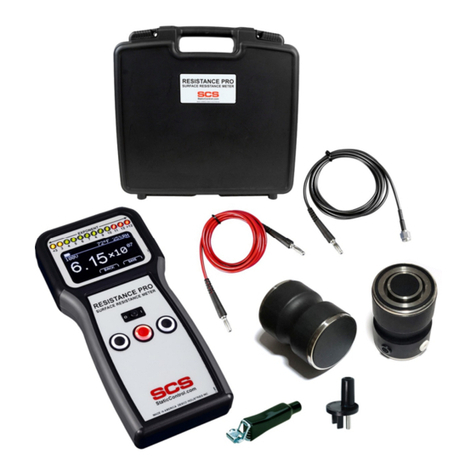
Desco
Desco SCS-73627 Installation, operation and maintenance
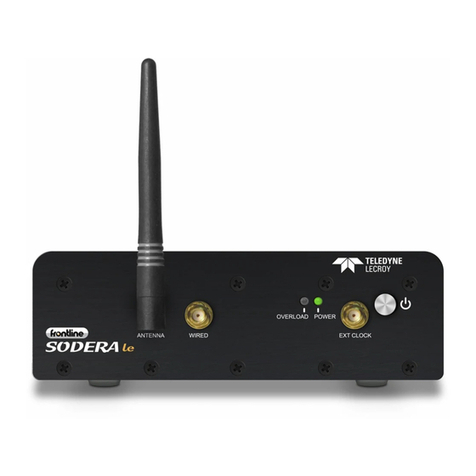
Teledyne Lecroy
Teledyne Lecroy Frontline Sodera LE quick start guide
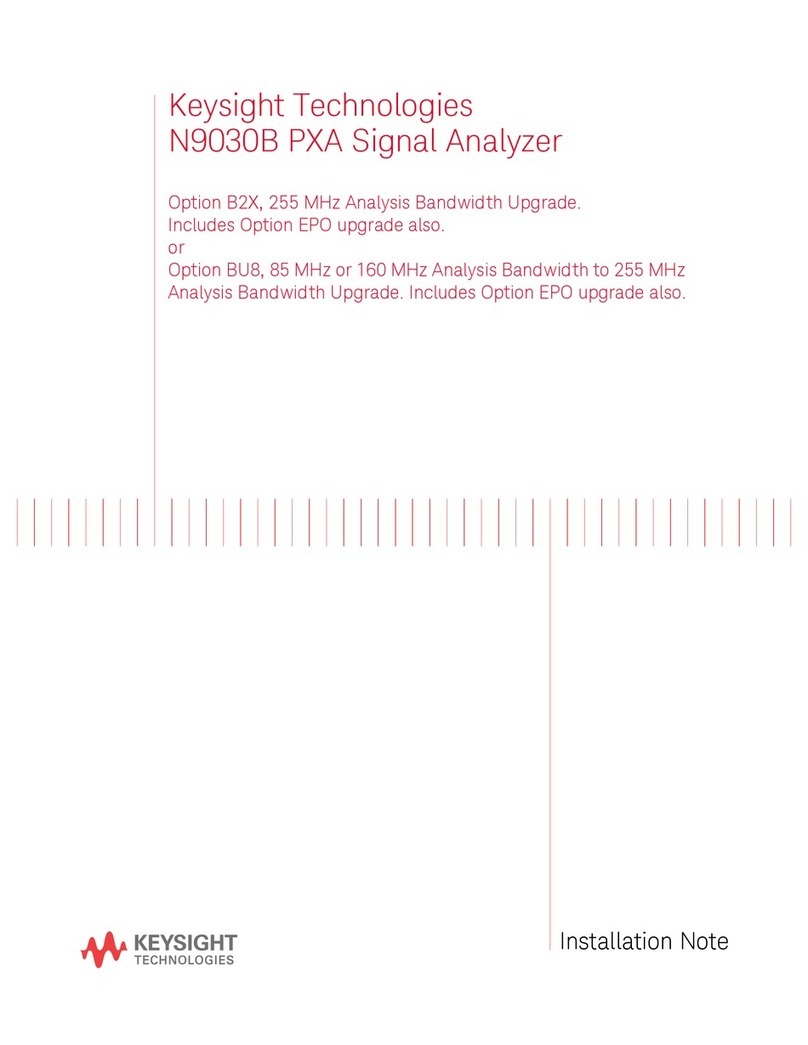
Keysight Technologies
Keysight Technologies N9030B Installation note

Keysight Technologies
Keysight Technologies N9030B Installation note

Ryobi
Ryobi E49CM01 Operator's manual
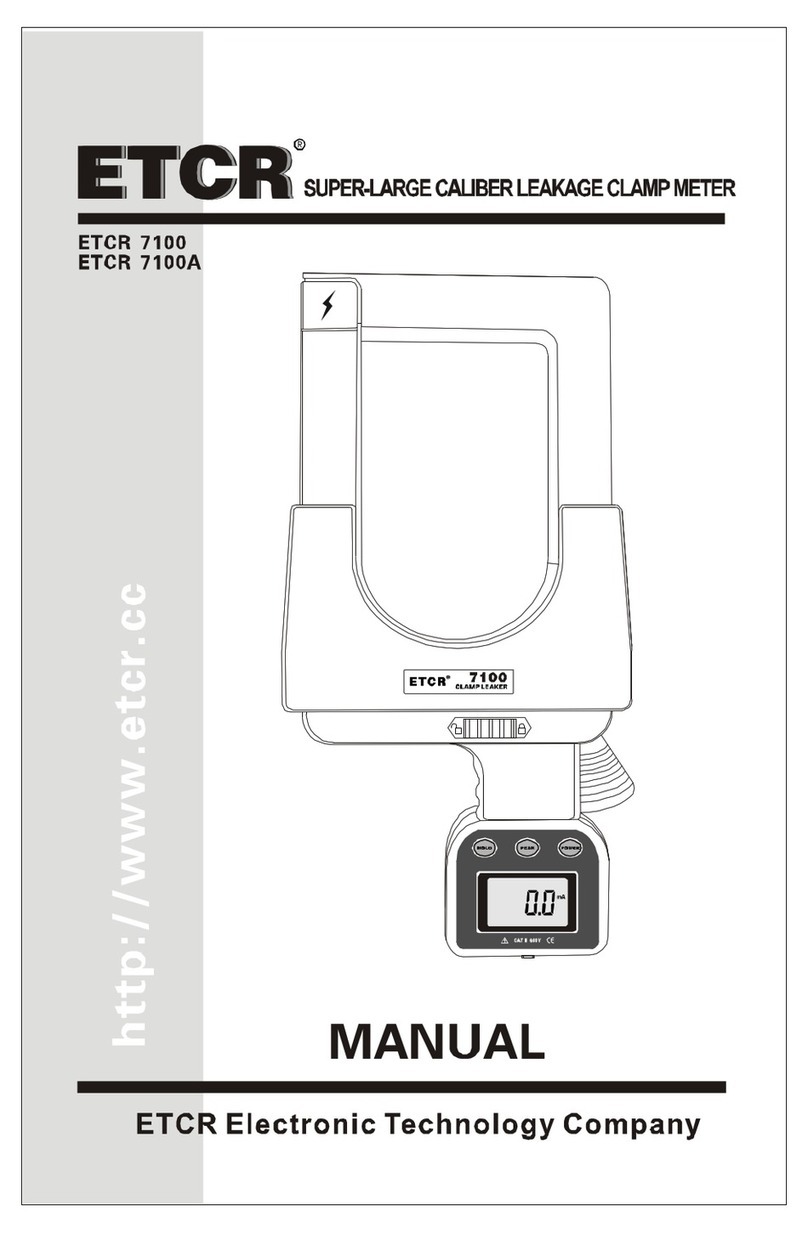
ETCR
ETCR 7100 manual
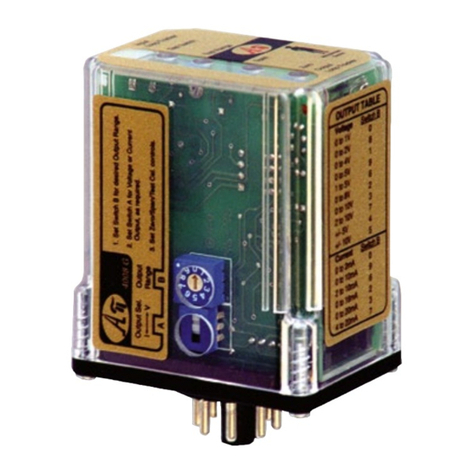
Absolute Process Instruments
Absolute Process Instruments API 4008 G quick start guide
